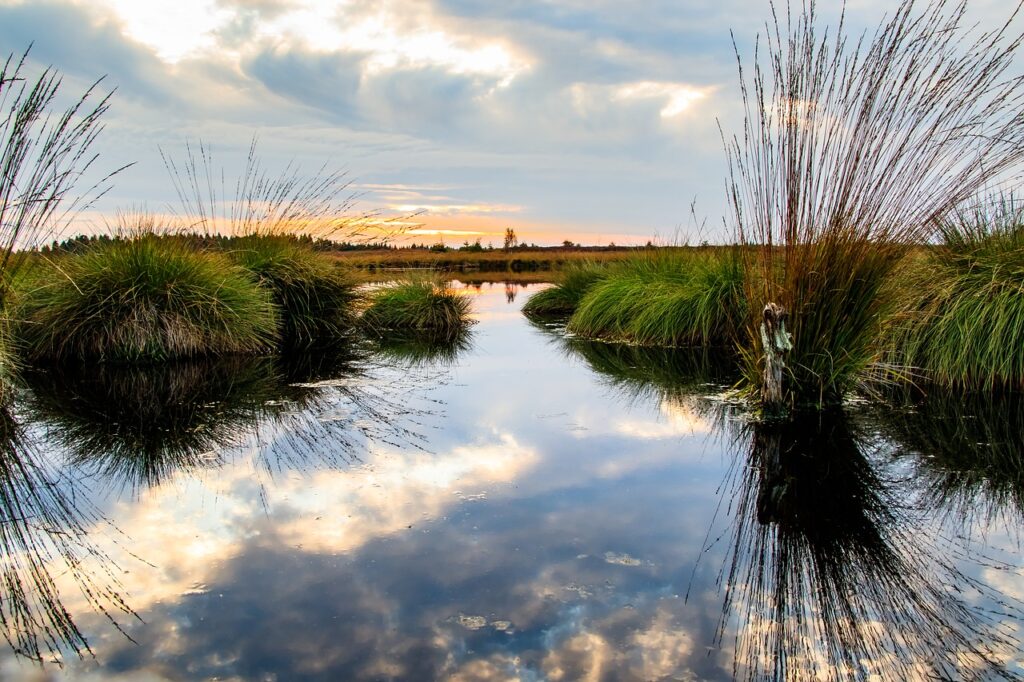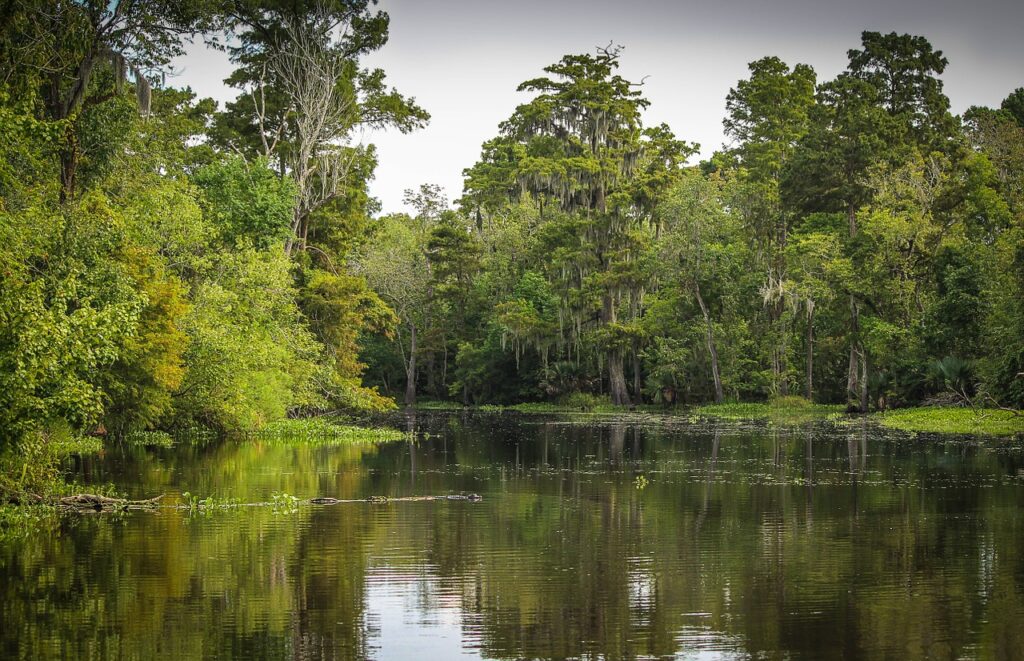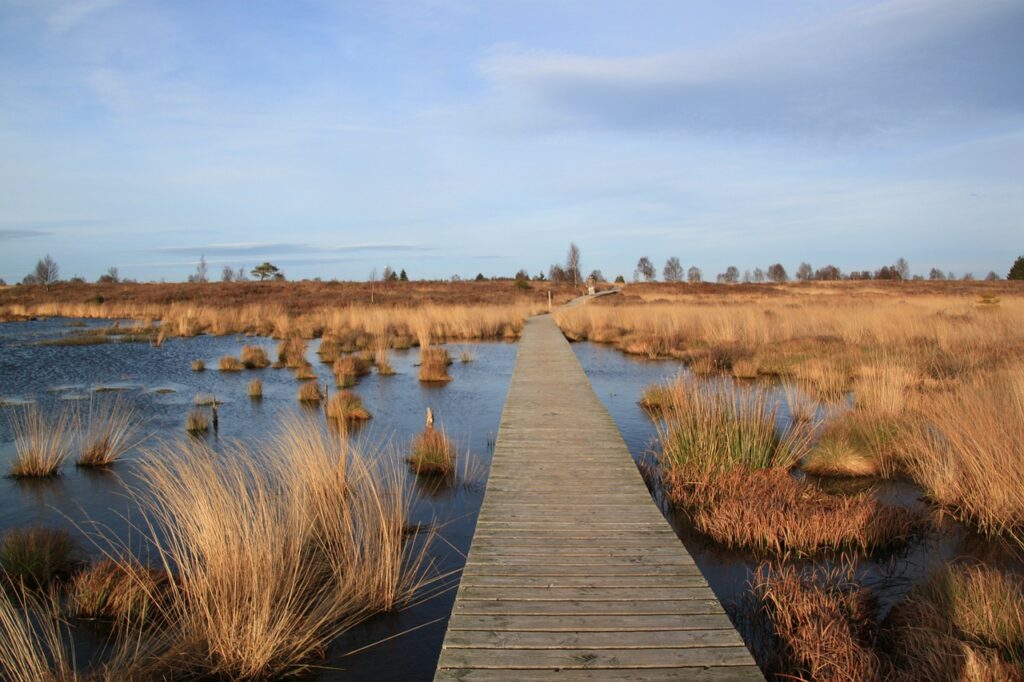“Wetlands & Water”
This year’s theme “Wetlands & Water” shines a spotlight on wetlands as a source of freshwater and encourages actions to restore them and stop their damage.
What is a WETLAND?
A wetland is a place where land is covered by water, either salt, fresh, or somewhere in between. Marshes and ponds, the edge of a lake or ocean, the delta at the mouth of a river, low-lying areas that frequently flood—all of these are wetlands.
We are facing a growing freshwater crisis in our country and all other countries around the world. We are currently using more freshwater than nature can replenish, and we are destroying the ecosystem that water and all life depend on most.
Wetlands are a vital part of our environment as they provide us with so many resources, some I bet you have never even thought of!
The main thing that Wetlands provide us with is water of course. They naturally filter out all pollutants in the water that they hold, leaving us with fresh drinking water at the tip of our fingertips, with no extra costs!
Wetlands provide a growing ground for many foods worldwide including rice and many different species of fish. Wetlands also make Aquaculture possible which is an environmentally responsible way of growing food and commercial products, which helps to create healthier habitats and is used to rebuild the number of endangered species.
Wetlands provide a home for several different bird, fish, invertebrate, mammal, and plant species, including up to 40% of the world’s species! New species of fish are constantly being discovered in newfound wetland areas.
Have you ever thought of how Wetland areas keep us safe? It turns out that they provide huge protection from floods and storms by absorbing large amounts of water straight into the ground. They help regulate the climate in many ways such as absorbing twice the amount of carbon that forests do! TWICE THE AMOUNT!
What can we do to preserve these immaculately important pieces of life?
- Stop destroying and start rehabilitating wetlands.
- Locate dams in more sustainable ways that have less of an impact on natural rivers
- Reduce the amount of fertilizer and pesticides from agricultural runoff, mercury from industrial sources, and other types of pollution.
- Increase water efficiency, use wetlands wisely.
- Integrate water and wetlands into development plans and resource management.
Without wetlands, cities have to spend more money to treat water for their citizens, floods are more devastating to nearby communities, storm surges from hurricanes can penetrate farther inland, animals are displaced or die out, and food supplies are disrupted, along with livelihoods. WWF, governments, and other organizations have pursued efforts to conserve and protect wetlands for more than 40 years through the Ramsar Convention, the only international treaty devoted to a single ecosystem type. More than 476,000 acres of wetland have been protected through this treaty, saving them and their services for future generations.
Change one thing in your daily routine, something as small as using less detrimental cleaning detergents, to save our wetlands and make sure our future generations have the privilege to enjoy their benefits!
WETLANDS FOR THE WIN!

